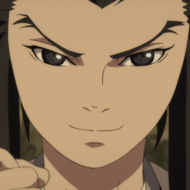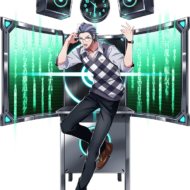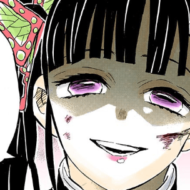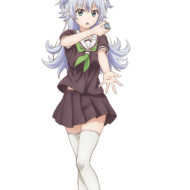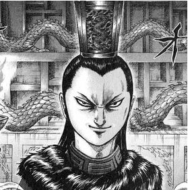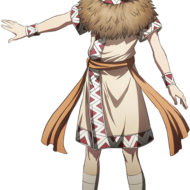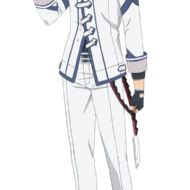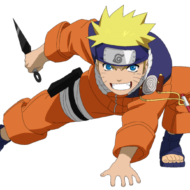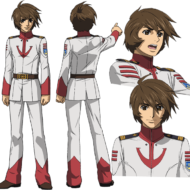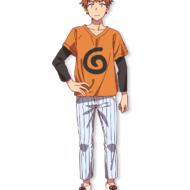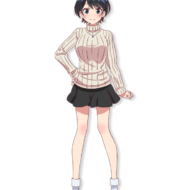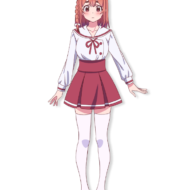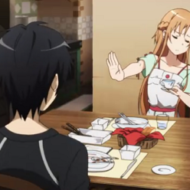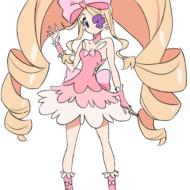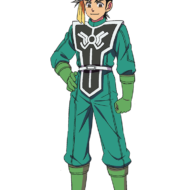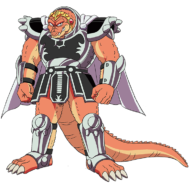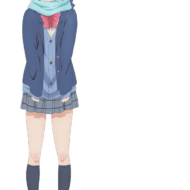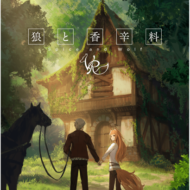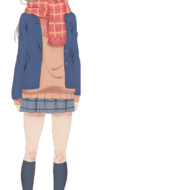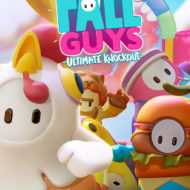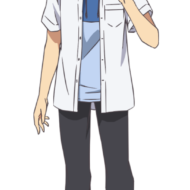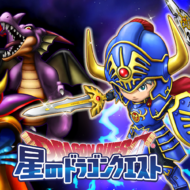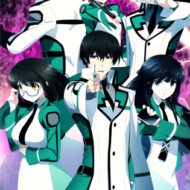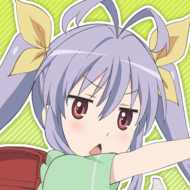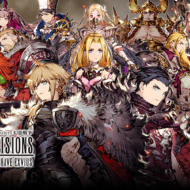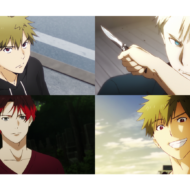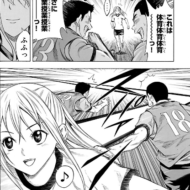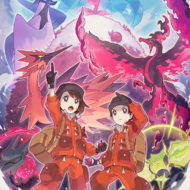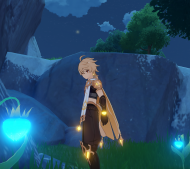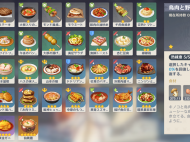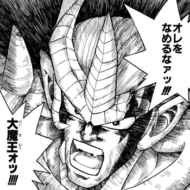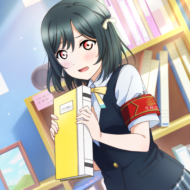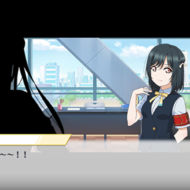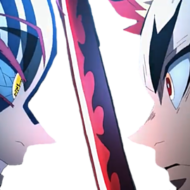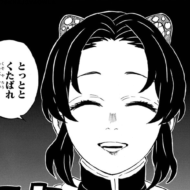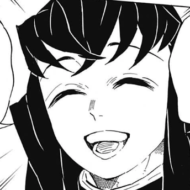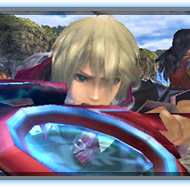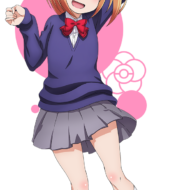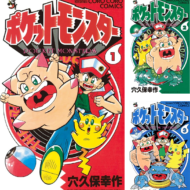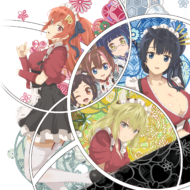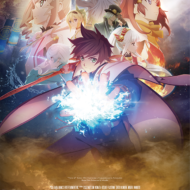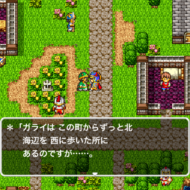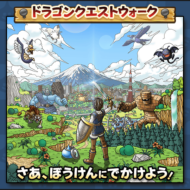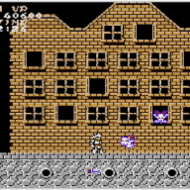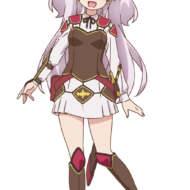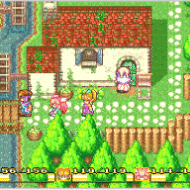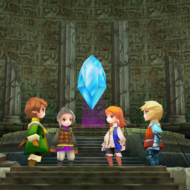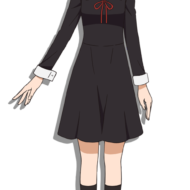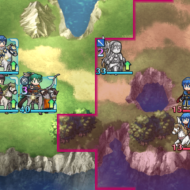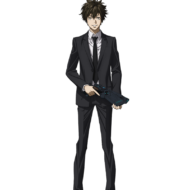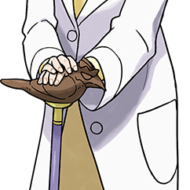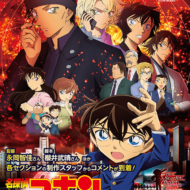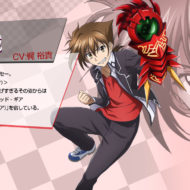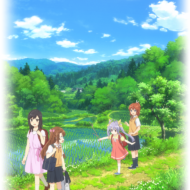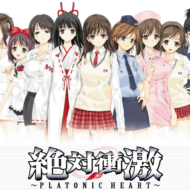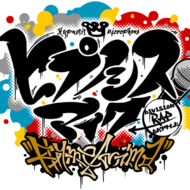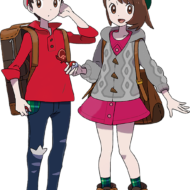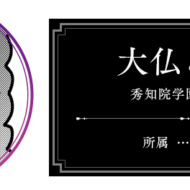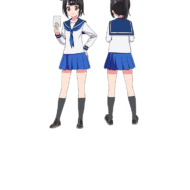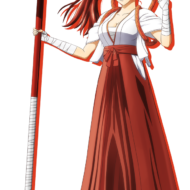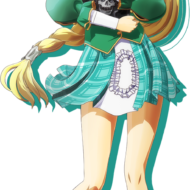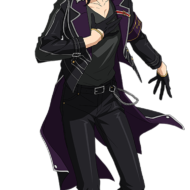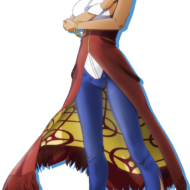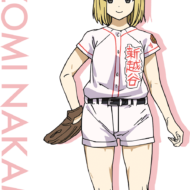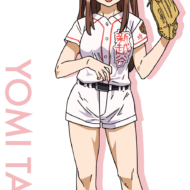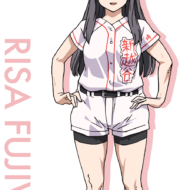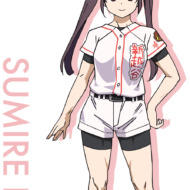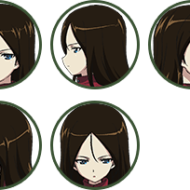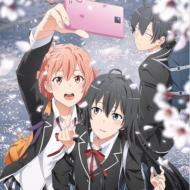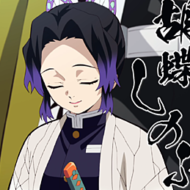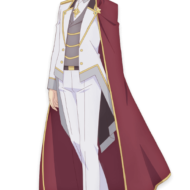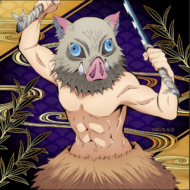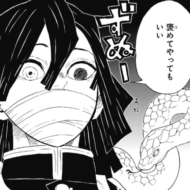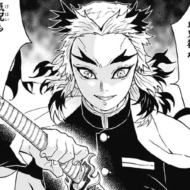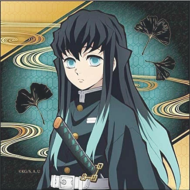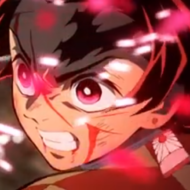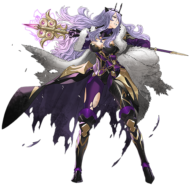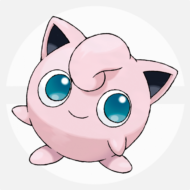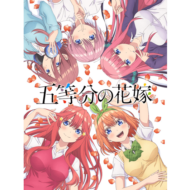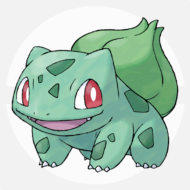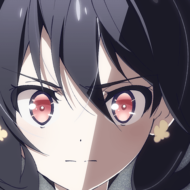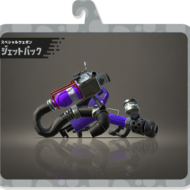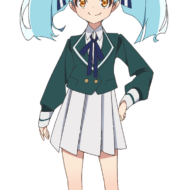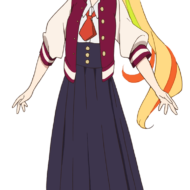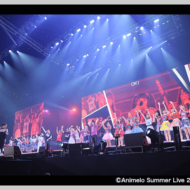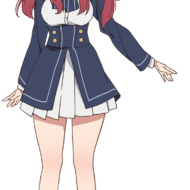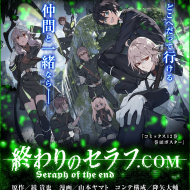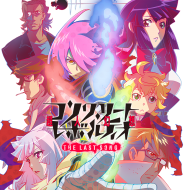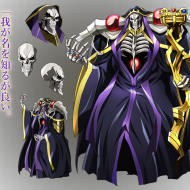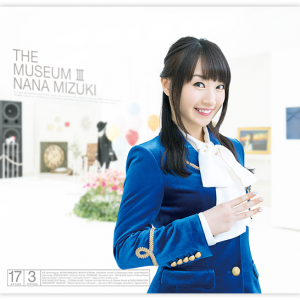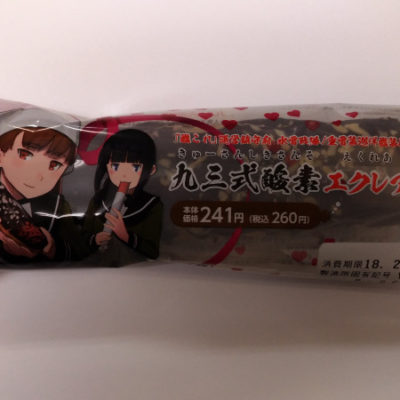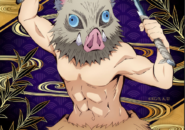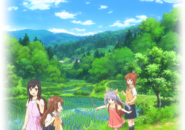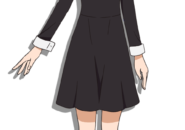出典 : Amazon.co.jp
Although “Nisekooi” was the longest running and most popular romantic comedy in JUMP’s romantic comedy magazine, the third and final season of the anime never came to fruition.
The reason for this is revealed through sales of the book and discs, development, and reputation for the characters! What could have been the cause?
Good until the first anime season
出典 : Amazon.co.jp
出典 : Amazon.co.jp
Weekly Shonen Jump is a magazine that has produced many popular romantic comedies, but “Kimagure Orange Road”, “Denei Shoujo”, and “I “s” are the only works that have sold more than 10 million copies so far in the 2000s.
Including “To LOVE-Ru -Torabulu” which broke through after it resumed its serialization at JUMP SQUARE, there have only been 4 works.
The series began in 2011 and eventually sold over 12 million copies of “Nisekooi”, which rivaled these legends.
Its progress was steady from the beginning.
Immediately after the start of the series, the rankings of Fisekoi in the Jump publication rankings never dropped significantly, and it was mostly fixed at #7-10.
It was in a good position with no worries of censorship, but it seems that it was difficult to break into the hits such as “One Piece”, “Naruto”, “Bleach”, “Gintama”, “Toriko”, and “Bakuman”.
This trend changed around episode 30.
This is when “Marie” aka Marika Tachibana appeared as the third heroine following Chisato Kirisaki and Kosaki Onodera.
The direction of the series as a harem romantic comedy was established, and with the cuteness of the heroines being conveyed to the readers, the series got on track and came to be ranked around 5th.
The obi of volume 4, which was released exactly one year after the series began, stated that it had sold over one million copies.
Even the most successful romantic comedies in recent years, “Bride of the Fifth Equalizer” and “Kaguya-sama wa Kuchessagetai” also sold more than 1 million copies when volume 6 was released, so you can see how great the momentum of Nissekoi was.
After that, “Assassination Classroom”, “Kuroko no Basket”, “Shokugeki no Soma”, “Hi-Que! and other popular serials rose one after another, and the series was once again ranked in the top 10, but the number of fans increased further, and after only a year and a half from the start of the series, it was decided to make an anime.
Produced by Shaft, which was gaining momentum from the mega-success of the Story series, the anime aired in 2014 and was a constant success, selling over 5,000 copies of the entire volume.
The effects of the anime broadcast were also evident in the sales of the comics, with the number of copies sold before the broadcast was 2 million, but by the end of the broadcast it had surpassed 5 million and continued to grow steadily afterwards.
Then in October 2014, about 4 months after the second season ended, the second season will be produced.
Up to this point, it was just the momentum of a flying bird.
Incidentally, the kimchi incident, which is sometimes considered to be one of the causes of the war crimes of Nisekooi’s slump in popularity (the protagonist Raku Ichijo asked Kosaki “Can I kiss you? I was asleep and didn’t notice the question, “What do you want to do?” and Chisato asked, “Can I have kimchi? (and misheard) is right around this time since it’s a collection of comics volumes 5-6.
At least there’s no indication that this has slowed down the momentum.
The beginning of the low period was before the second anime season aired?
出典 : Amazon.co.jp
It wasn’t until 2015 that the order of publication of False Palsy started to noticeably drop.
Up until then, it had been firmly established in the middle, around 10th place, but after 2015, it was more often published around 15th place in the back of the list, and the sales of the book started to level off from this area.
In terms of the number of episodes, it’s about 150 episodes, and that’s when the school trip starts.
At this time, the relationship between the three main heroines and Raku became a bit stereotypical, and the fourth heroine with a key, Kanakura Yui, appeared, and the number of sub characters increased.
Raku didn’t have any particularly flashy problematic behavior at this point in time (although there is a certain insensitivity and opportunistic thinking characteristic of romantic comedy protagonists), and it seems to be simply due to the slackness of the series.
The second season of the anime, which aired between April and June 2015, would have been expected to be a catalyst to break up those situations.
However, the second season of the anime didn’t have the same momentum as the first season and didn’t lead to an increase in comics sales.
The average disc sales were about 4,000 copies, and sales were down slightly.
However, I don’t think it’s possible to describe this situation as a slump.
It is inevitable for romantic comedies to go slack if they last more than 10 volumes, and the fact that they are keeping their sales in the 10-volume range is a rather good sign.
Also, the spin-off “Magical Pastry Chef Kosaki-chan! was well received, and it seems that there were still a lot of people with high hopes for Nsekoi.
The comics bundled with the OVA also sold over 30,000 copies.
There were still plenty of options for a third season at this time.

